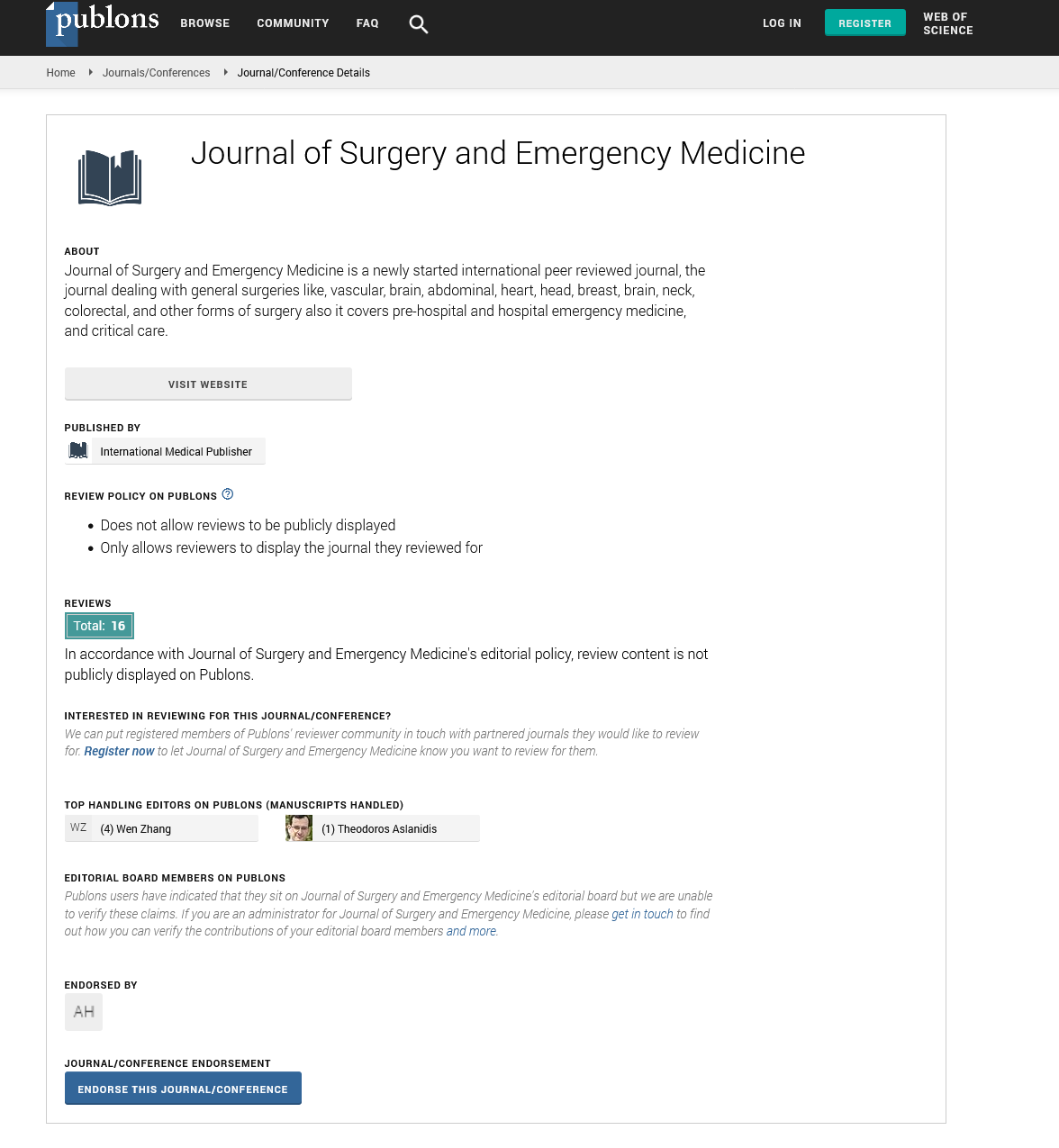Abstract
Chondroid Syringoma A Rare Disfiguring Tumor of the Nose
Nose is the most prominent facial structure, and it defines the facial profile of an individual. Tumors over the nose are likely to cause disfigurement and such patients are likely to present early to the clinic for treatment. For the same reason, incisions and closure of the wound should also be as aesthetic as possible. A 34-year-old female patient presented to the hospital with a single, painless, slow growling swelling over the tip of the nose for the past one year. On examination, a 1.5cm x 1cm firm to hard, mobile, painless mass was noted over the tip of the nose. The skin was pinchable separately from the underlying firm mass. Excision was planned upfront as the hard nature of the swelling made cytological diagnosis difficult. An incision was marked and given closer to the alar rim so that the upper flap could be sutured over the border so that the scar would not be apparent. The tumor got separated easily from the skin flap, and a whitish, firm, globular peanut-sized tumor was delivered out. The excess skin was excised and the incision was closed with fine prolene sutures. The histological findings were suggestive of the diagnosis of benign chondroid syringoma. Chondroid syringoma was a term first coined by Hirsch and Helwig for a benign mixed tumor arising from the skin. It was so named because of the presence of sweat gland elements set in a cartilaginous stroma.[1] they are similar to pleomorphic adenomas of the salivary glands.[2] The prevalence is about 1-10 per 10,000 population.[3] They commonly arise from the skin of the head and neck region with a male preponderance.[4] Chondroid syringomas are generally benign, but malignant forms, although rare, have been reported.[5] Their usual soft consistency may be changed due to calcification or ossification that may occur in the stroma giving a firm to hard consistency. The slow growing nature of benign tumors differentiates it from the faster growing malignant counterpart which usually occurs in the extremities.[6] Aspiration cytology from the swelling can be diagnostic but is hindered by the presence of calcification or ossification. Complete surgical excision is the treatment of choice for benign lesions as done in this case. Malignant variants of chondroid syringoma may require adjuvant therapy after a complete excision with adequate margins.
Author(s): Avinash S, Rashmi K and Yasmeen N
Abstract | PDF
Share This Article
Google Scholar citation report
Citations : 131
Journal of Surgery and Emergency Medicine received 131 citations as per Google Scholar report
Journal of Surgery and Emergency Medicine peer review process verified at publons
Abstracted/Indexed in
- Google Scholar
- Publons
Open Access Journals
- Aquaculture & Veterinary Science
- Chemistry & Chemical Sciences
- Clinical Sciences
- Engineering
- General Science
- Genetics & Molecular Biology
- Health Care & Nursing
- Immunology & Microbiology
- Materials Science
- Mathematics & Physics
- Medical Sciences
- Neurology & Psychiatry
- Oncology & Cancer Science
- Pharmaceutical Sciences
